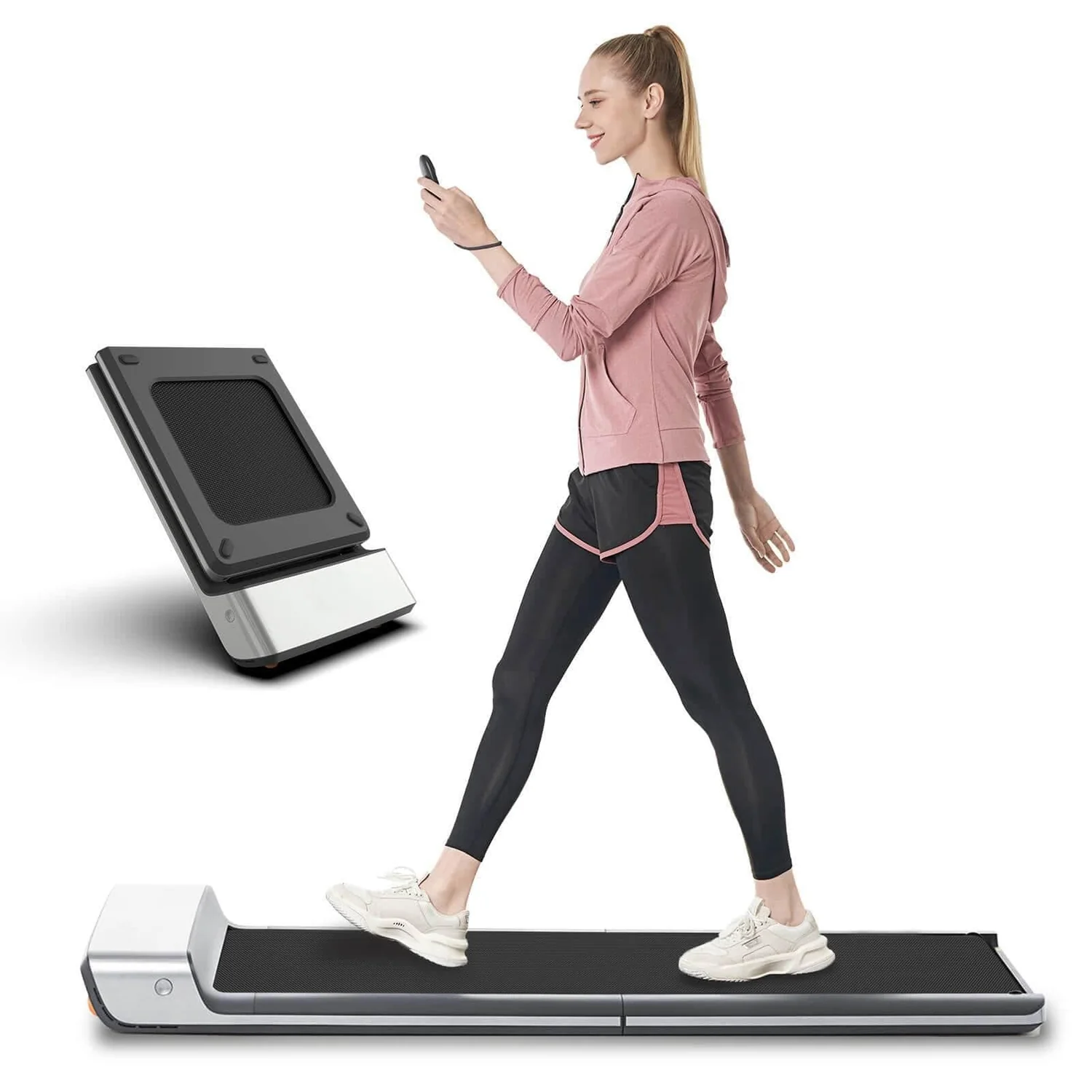
What Exactly Is a Walking Pad?
A walking pad is essentially a streamlined treadmill designed for gentle walking at adjustable speeds. Unlike traditional treadmills that are often heavy and space-consuming, walking pads are lightweight, slim, and often foldable, making them perfect for apartments, small homes, and offices. They are designed with simplicity in mind, offering quiet motors, smooth operation, and intuitive controls. Many models even slide under a desk, sofa, or bed when not in use, making them a space-saving option for those seeking movement without clutter.
Why the Walking Pad Has Become a Lifestyle Trend
The rise of the walking pad reflects a growing focus on convenient, low-impact exercise. As people search for ways to stay fit without rearranging their schedules, walking pads have emerged as a practical choice. Unlike a gym membership that requires time and commitment, a walking pad lets users incorporate activity into their normal day—walking while attending virtual meetings, watching TV, or reading.
This combination of accessibility and functionality has turned walking pads into a wellness tool rather than just another piece of fitness equipment. They provide the opportunity to move consistently, a crucial factor in maintaining long-term health and energy levels.
Health Benefits of Using a Walking Pad
Walking has always been one of the simplest yet most effective forms of exercise, and a walking pad brings this natural movement indoors. Regular use promotes cardiovascular health, supports weight management, and improves circulation. Beyond physical benefits, walking can also reduce stress, sharpen focus, and boost mood, making it especially valuable for those with demanding jobs or study schedules.
Another advantage is joint protection. Many walking pads feature cushioned decks that reduce impact compared to walking outdoors on hard concrete. This makes them suitable for a wide range of users, including older adults and individuals recovering from minor injuries.
Walking Pad vs. Traditional Treadmill
While both treadmills and walking pads serve the purpose of keeping people active, their design and function differ significantly. Traditional treadmills cater to running and high-intensity workouts, often requiring a dedicated space. In contrast, walking pads are intended for everyday walking, focusing on portability and quiet operation. They are not designed for sprinting, but they excel at promoting steady, low-impact movement.
This distinction makes the walking pad less of a competitor to the treadmill and more of a complementary tool. Fitness enthusiasts may still use treadmills for structured workouts, but the walking pad fills the gap for casual, consistent movement throughout the day.
Features That Make Walking Pads Stand Out
Modern walking pads often come with smart features that enhance the experience. Many include app integration to track steps, calories, and walking time, while some are equipped with remote controls or foot sensors to adjust speed seamlessly. Foldable designs allow for easy storage, and ultra-quiet motors ensure they can be used in shared spaces without causing disturbance.
The simplicity of setup also adds to their appeal. Unlike larger machines that require assembly or maintenance, walking pads are designed for immediate use. Users can unfold, plug in, and start walking within minutes.
Integrating the Walking Pad Into Daily Life
The beauty of the walking pad lies in its adaptability. Professionals working from home can use it under a standing desk, transforming work hours into active hours. Students can take short walking sessions during study breaks, while retirees can use it to maintain mobility without leaving the house. Even those who already enjoy outdoor exercise find walking pads useful on days when weather conditions are less than ideal.
By fitting seamlessly into modern lifestyles, walking pads encourage consistent activity. This daily movement, even at a slower pace, adds up to significant long-term health benefits.
The Future of Compact Fitness Equipment
The walking pad represents a larger trend in fitness: compact, smart, and user-friendly equipment designed for everyday use. As technology continues to evolve, future models may include AI-driven fitness coaching, improved connectivity with health apps, and even more portable designs. With increasing awareness around the risks of inactivity, tools like walking pads are likely to remain at the forefront of personal wellness solutions.
Conclusion
The walking pad is more than just a piece of exercise equipment—it is a lifestyle companion that helps integrate movement into daily routines without demanding time or space. By offering convenience, accessibility, and tangible health benefits, it addresses the challenges of modern sedentary living in a simple yet effective way.